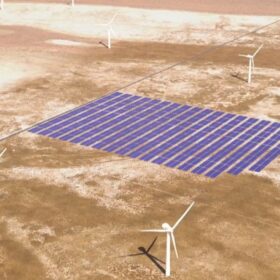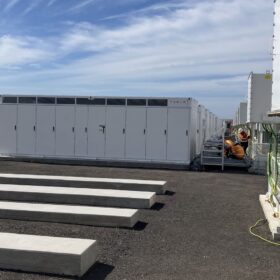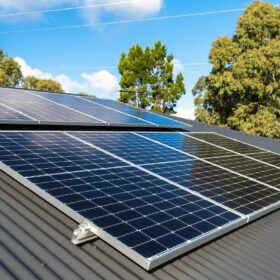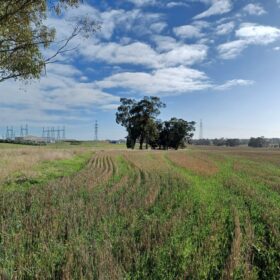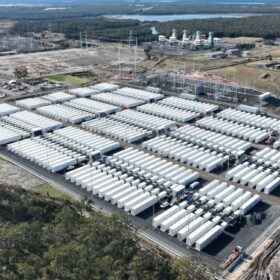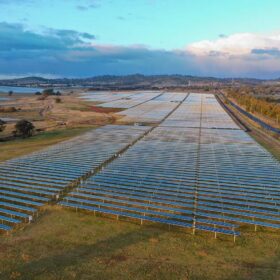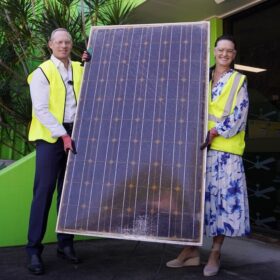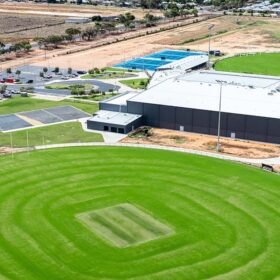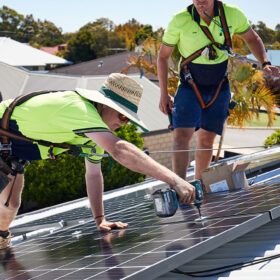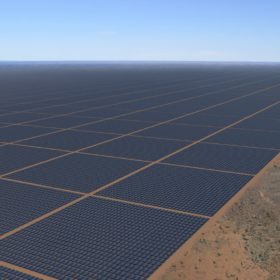Province hits pause on WA green hydrogen project
Plans for a 12 GW solar- and wind-powered green hydrogen project proposed for the Gascoyne region of Western Australia have been shelved with the developer citing waning investor interest amid a lack of “appropriate” state government support.
First of 444 Tesla Megapacks installed at 1.6 GWh Melbourne battery
United States manufacturer Tesla has begun installing the first of the 444 Megapack battery units that will make up the 600 MW / 1,600 MWh Melbourne Renewable Energy Hub project being constructed in Victoria.
Northern Territory’s renewable energy target efforts lag behind rest of country
Think-tank Climate Council of Australia has found of all the state’s and territories, the Northern Territory has the most work to do to achieve its renewable energy target of 50% by 2030.
Victoria gives nod to 700 MWh battery project in nine weeks
The first battery energy storage project has been approved under the Victorian government’s streamlined renewable energy planning process, with the state signing off on a 350 MW / 700 MWh project being developed by ACEnergy in the Wimmera region.
Waratah Super Battery completes first energisation stage
Battery storage developer Akaysha Energy says it has completed the first stage of energisation for the 850 MW / 1,680 MWh Waratah Super Battery that will help stabilise the New South Wales grid during the state’s transition from coal-fired power.
Australian solar manufacturing scores $550 million Sunshot
The first $550 million of the federal government’s Solar Sunshot program has been launched to support the development of Australia’s solar manufacturing industry and help local businesses capture more of the global solar manufacturing supply chain.
Sunshine state’s solar recycling plans power up circular economy
The Queensland government has launched a solar panel recycling scheme with the launch of the first of 15 sites collection sites that are to be established across the state. The program is expected to save 26 tonnes of broken or end-of-life solar panels from landfill annually and will inform the possible rollout of a nationwide scheme.
Victorian council solar install paves way to city’s 1 MW target
Mildura Rural City Council has completed a 99 kW rooftop solar system at a sporting precinct in the Victorian regional centre that is expected to generate more than 114,000 kWh of clean electricity per year, enough to satisfy 15% of the facility’s annual demand.
Energy workers job security in sight as Net Zero Economy Authority bill passes Senate
Coal and gas-fired energy workers and their communities are closer to being guaranteed support during Australia’s energy transition following the Australian Senate’s passing of the Net Zero Economy Authority Bill 2024.
SunCable gets environmental approval for AAPowerLink project
SunCable’s flagship Australia-Asia Power Link renewables and storage project in the Northern Territory has passed another major regulatory milestone, securing the green light from the federal government.
